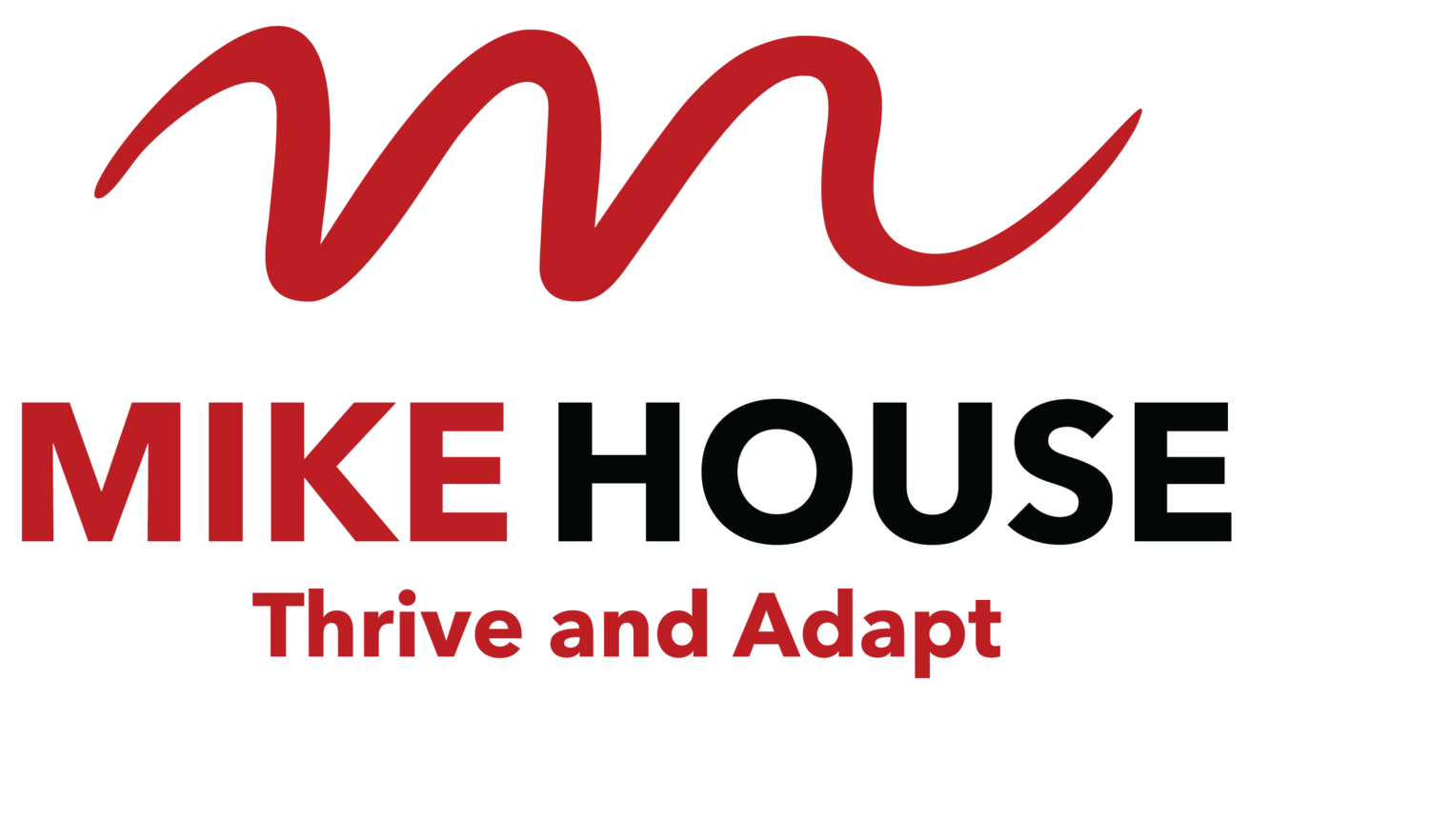Smiling: The Simplest Super Power
/We were heading into an awkward moment, neither sure what to do next. I was being served by an older Malay woman in a store in Kuala Lumpur. Her limited English was way better than my limited Bahasa, so it was the language we were using. I asked a question, and despite our best efforts together, I couldn’t make it clear, and she couldn’t understand. We were both getting a little frustrated, not with each other, but with our mutual misunderstanding. I smiled. She smiled back. We laughed. It was a moment of human connection. Frustration dissipated. We tried again with more success.
According to some researchers, trust in a workplace has 2 components - Warmth and Competence. Warmth = approachability and safety. Competence = We’ll be able to get the job done. We humans judge warmth in milliseconds. Competence takes longer to establish. But guess what… If we are already seen as warm, we are more likely to be seen as competent too. A genuine smile is one of the fastest ways we have of conveying warmth. Smiling more is a simple super power to build trust and open the door for Psychological Safety.
It’s easy to forget when under pressure, in a hurry or dealing with contentious topics. And it’s also all the more important. Experiment with smiling more, I’d love to hear your results.
















